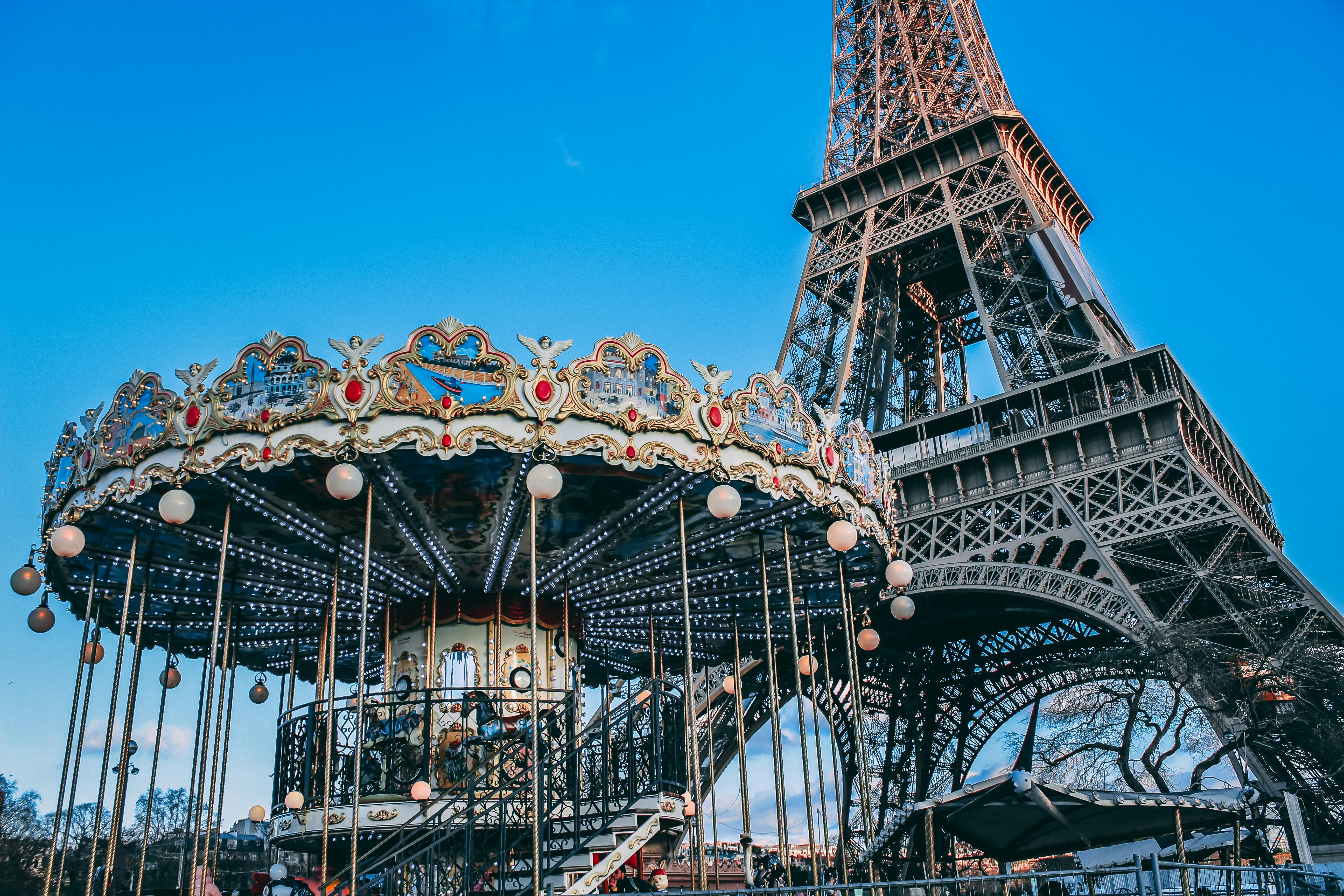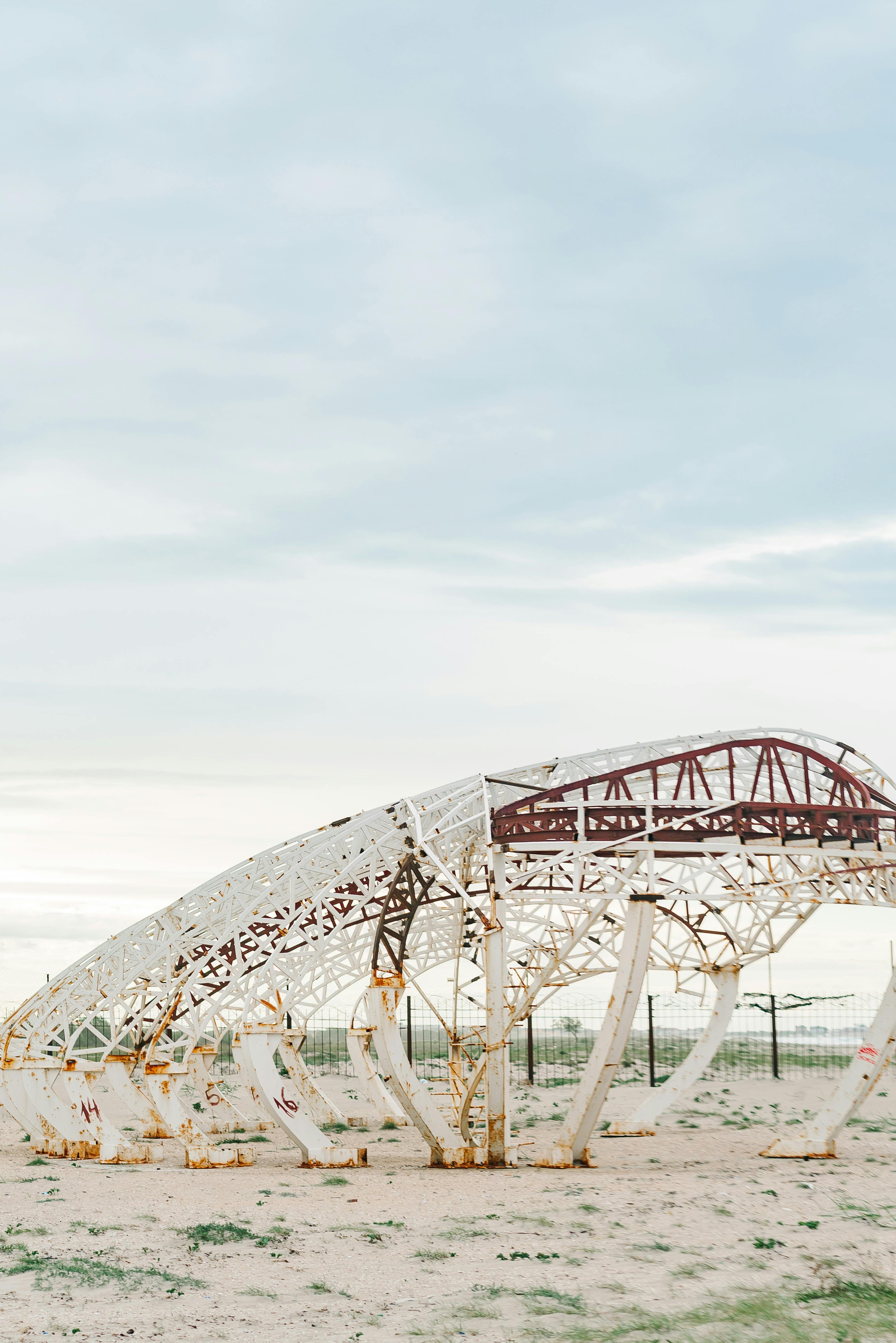
OriginThe Spanish and Italian words for “little war” were garosello and carosella, which eventually became the French word "carousel." The French also improved on the "little war" training game by developing a device to practice for carousel competitions that was the direct progenitor of the fairground ride.(Eschner,2017) See more |
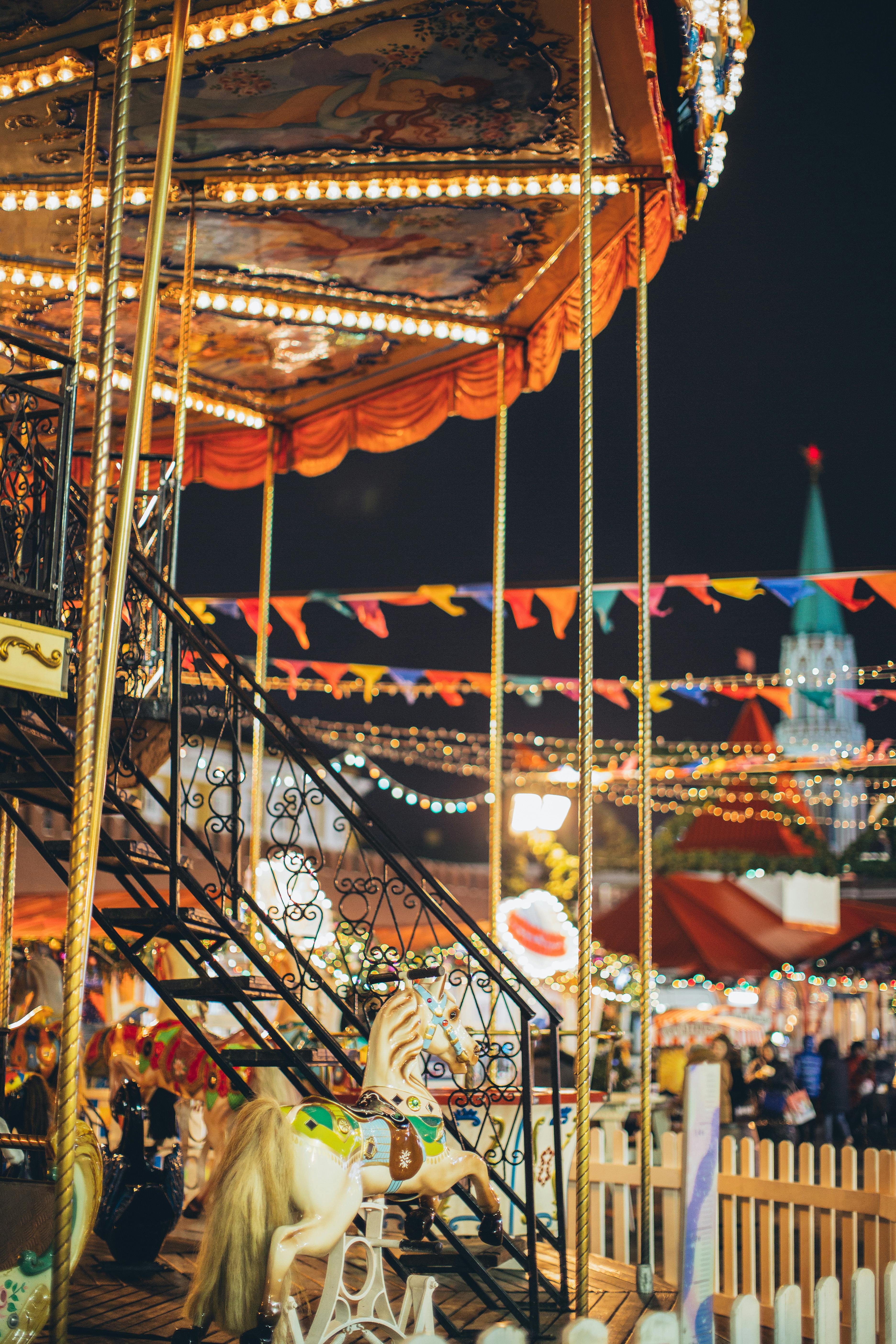
Tech evolutionBecause the horses hung in the air, the centrifugal force caused riders to fly outwards when the ride was in motion, giving rise to the name “flying-horses carousel.” Carousel technology also went on a short divergence with the creation of bicycle-powered carousels. But it wasn’t until 1861, with the first steam-powered carousel, that the device became what we know today.(Eschner,2017) See more |
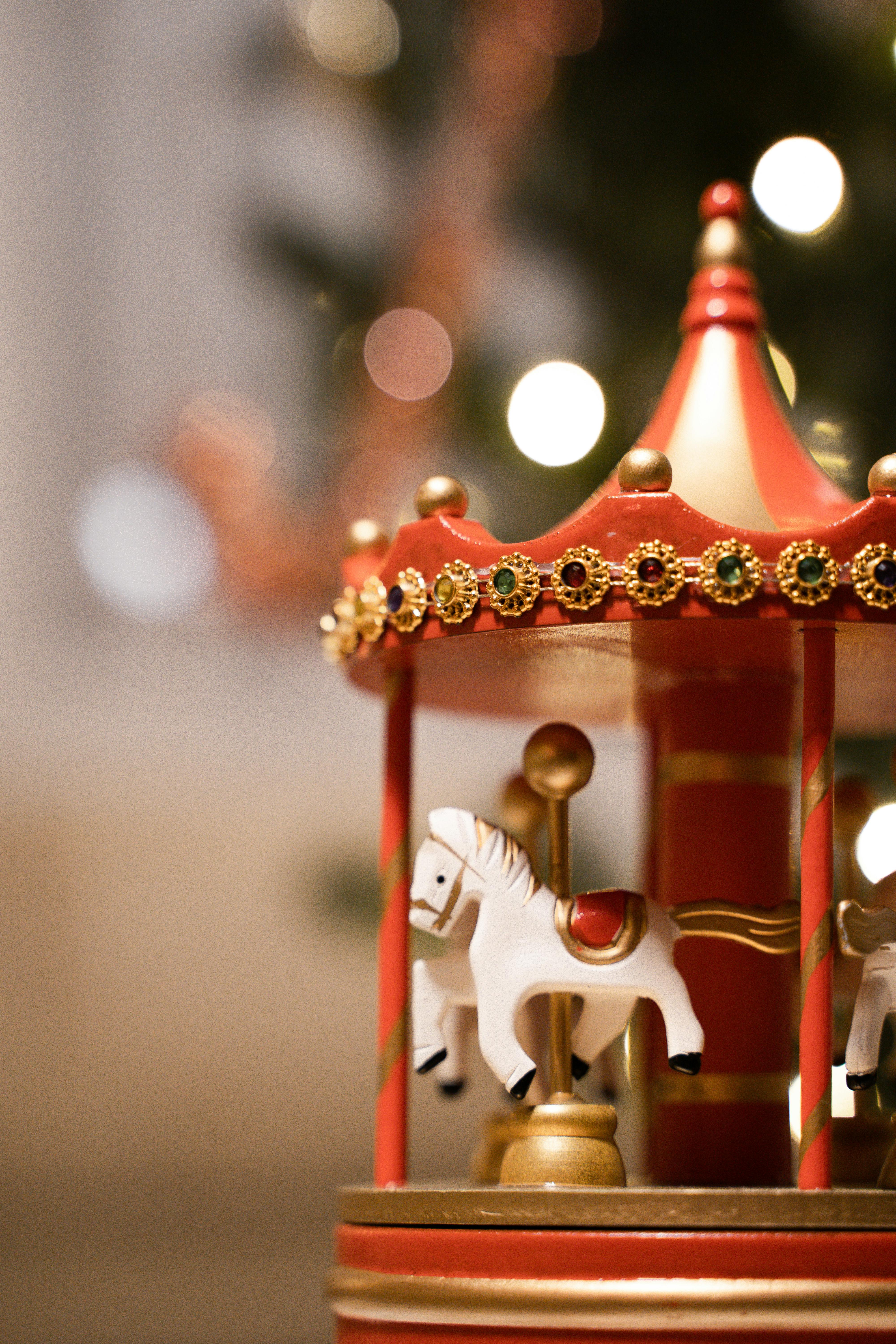
Golden Age“The impact of the steam machine on the development of the riding machine was profound,” writes the archive. It wasn’t until the carousel came to America, though, that the golden age of the carousel began. “The American carousels were huge compared to their European counterparts and the woodwork of the horses was extremely elaborate,” writes Entertainment Designer. Zoo animals and mythical beasts were added to the rides, as was the ability to go up and down as well as in a circle.(Eschner,2017) See more |

Artistic DesignCraftsmen observed this play among the nobility and began building platforms with wooden horses mounted on them for commoners and their children to ride.(ShowmensMuseumg,2015) See more |
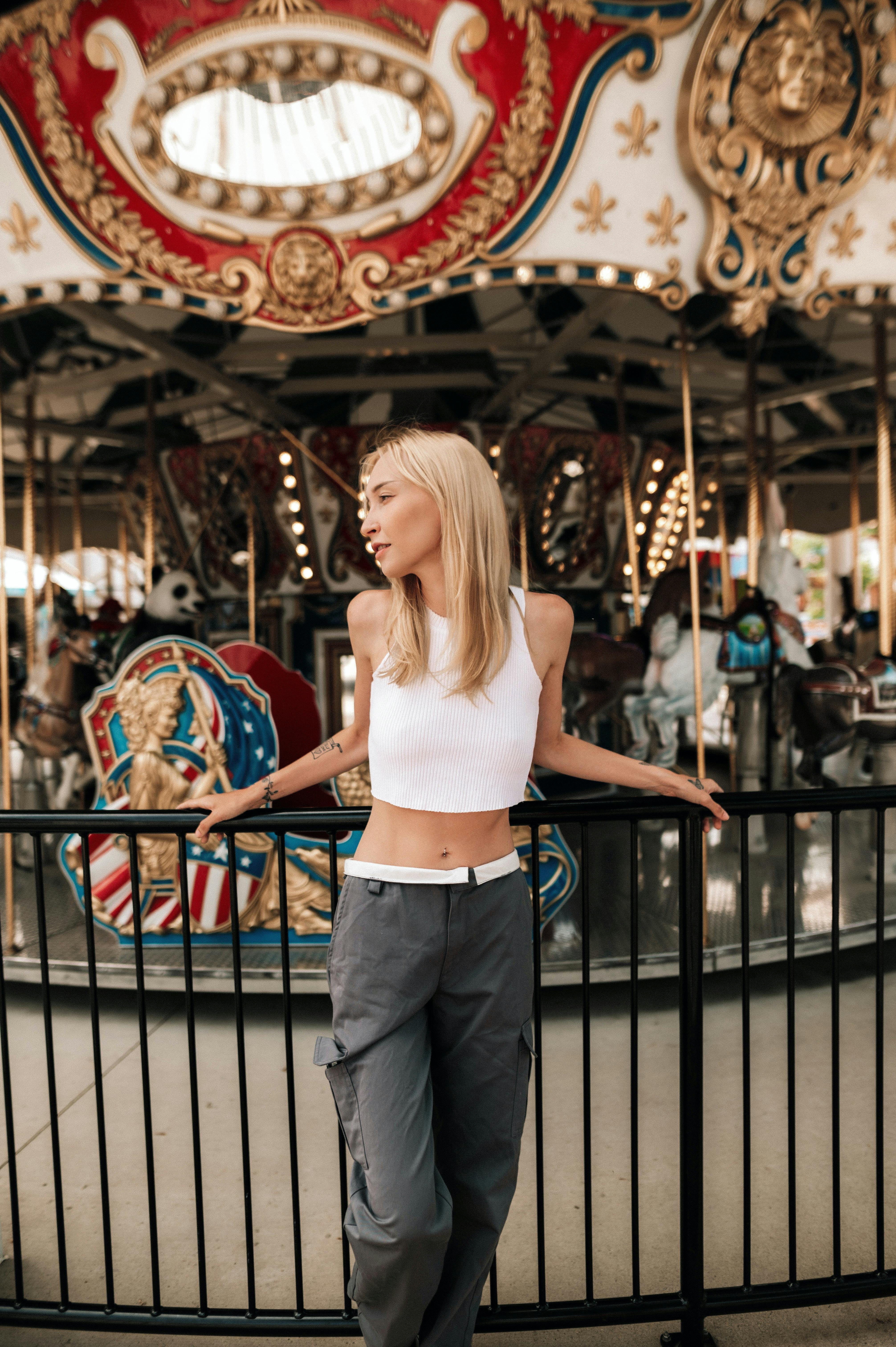
Cultural Meaninghrough the years, the original commercial function of fairs was replaced by the single purpose of amusement. Fairground attractions diversified with the creation of merry-go-rounds: the first rides that gave visitors a physical sense of speed.(Les Pavillons de Bercy - Musée des Arts Forains,2017) See more |

Carrousels around the worldAn English man named Thomas Bradshaw created the first such ride, writes the National Fairground and Circus Archive at the University of Sheffield. Bradshaw debuted his ride in 1861 and patented it in 1863. In that year, a local newspaper described Bradshaw’s ride as “‘… [a] roundabout of huge proportions, driven by a steam engine which whirled around with such impetuosity, that the wonder is the daring riders are not shot off like cannon-ball, and driven half into the middle of next month.’”(Eschner,2017) See more |
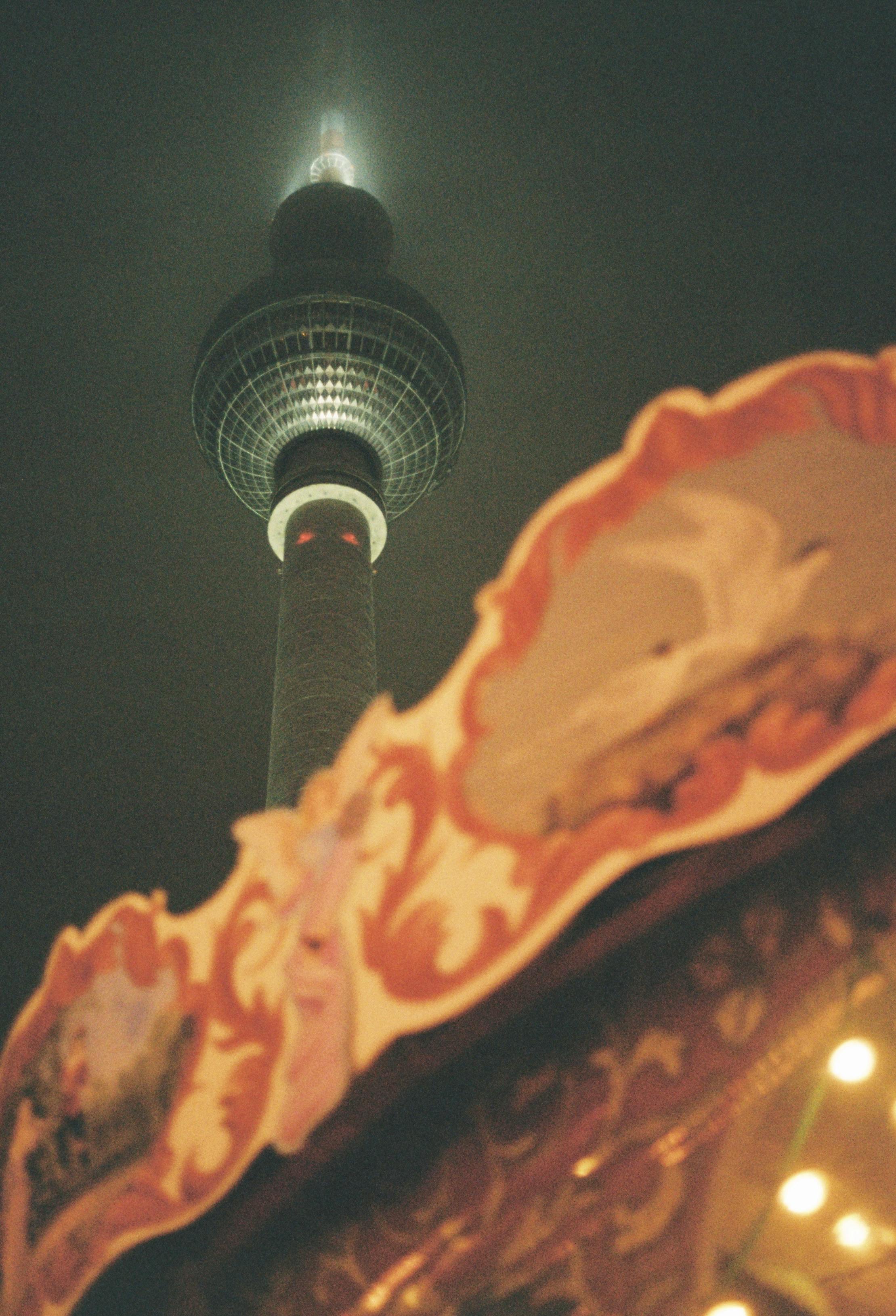
Restauration of old carrouselsBuilt back in 1914, the Dentzel Carousel turns the BIG 100 this year! The carousel consists of 66 hand-carved horses and two chariots, which receive a year-round polish and maintenance to keep the unique ride true to its roots—wood and plaster. There’s no doubt that the Dentzel Carousel has aged like fine wine! (Ugalde,2023) See more |
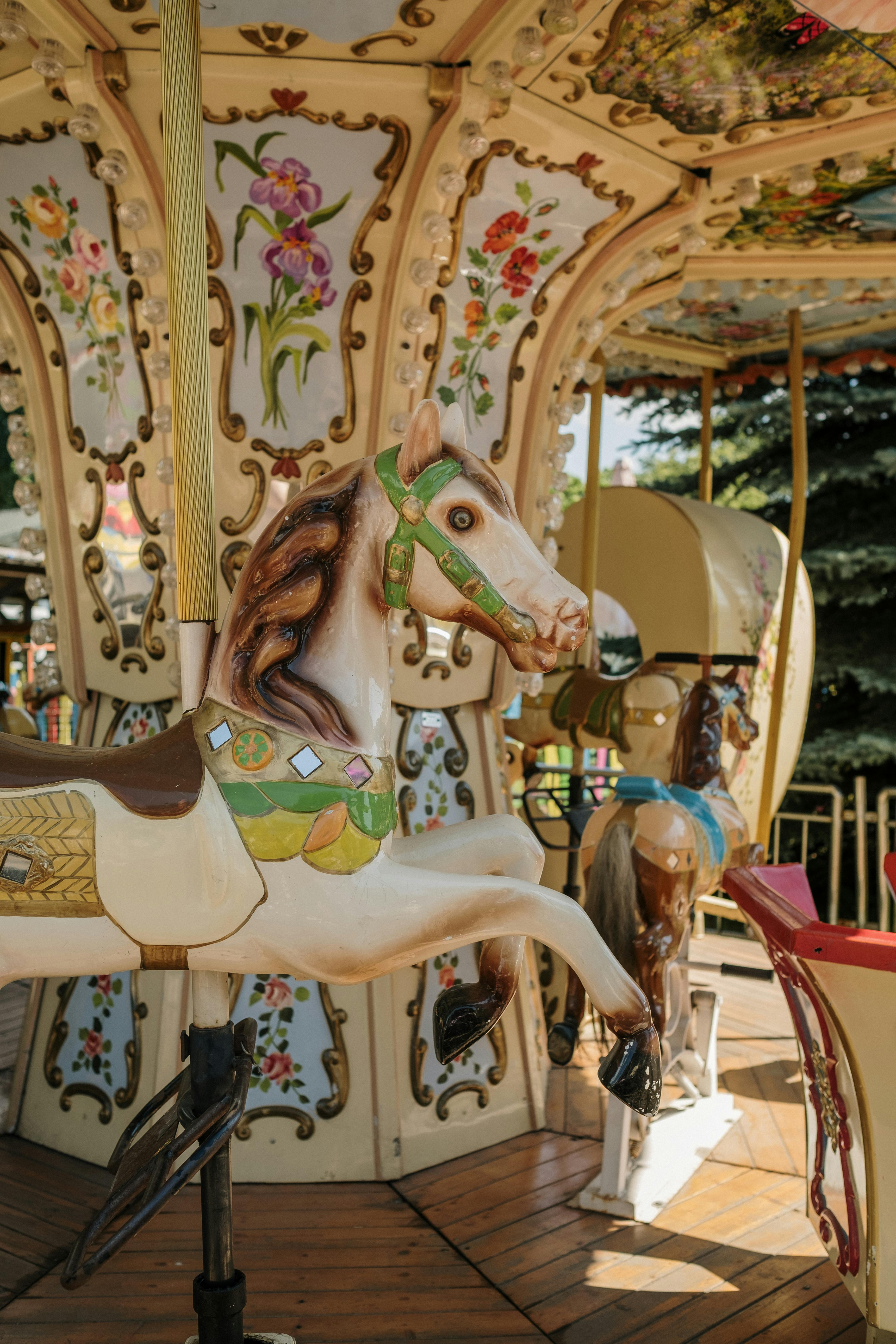
Carrousels in modern fair gamesCarousels took a wild ride to become the ride we know today. From machines for combat training to flying horse contraptions to steam-powered marvels, contemporary carousels are barely recognizable as the same machine. But, one thing has stayed constant throughout the majority of their history; carousels bring joy to those looking to spend a magical night on the fairgrounds. (Borlace,2023) See more |

Mits about CarrouselsCarousels have always been my favorite midway attraction, so when I decided to include the Texas State Fair into my latest story, Romantic Refinements, it was only natural that a carousel be added to the scene. Happily, I hit the research trail. My first stumble however, was when all the information pointed to Dallas holding the state fair and not Austin. My persistence paid off though and I found several sources to confirm the State Fair of Texas was held in Hyde Park in Austin from 1875 to 1884.(Guest Blogger,2016) See more |


